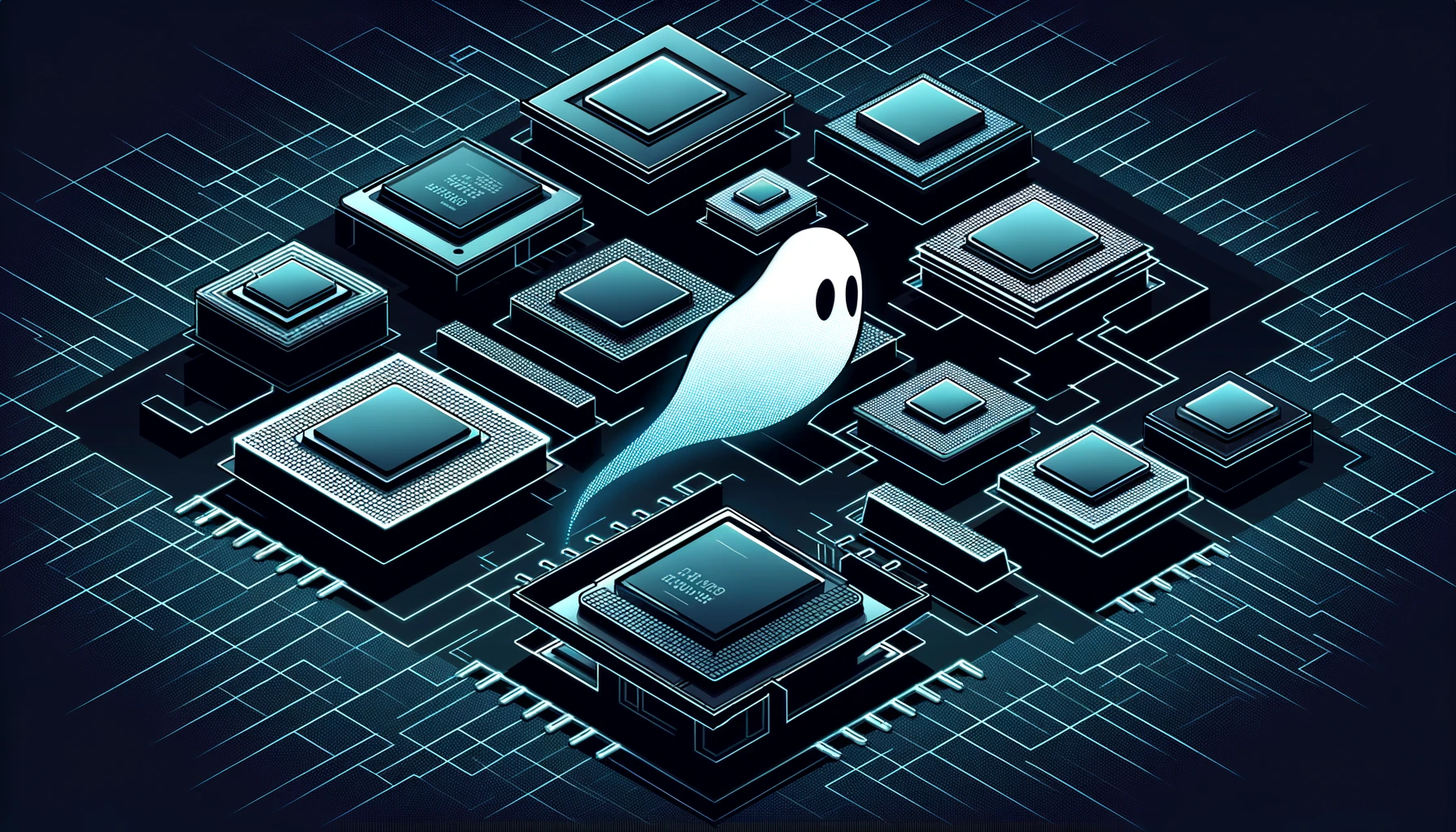
On March 12th, a groundbreaking discovery in the field of cybersecurity was announced that could potentially alter the landscape of digital security and processor technology. A collaborative research team from the VUSec laboratory and IBM pulled back the curtain on GhostRace, a sophisticated new cyber threat targeting the core of computing devices worldwide. This speculative execution vulnerability poses a significant risk to a broad spectrum of processor architectures and operating systems, notably including those based on Arm technology.
GhostRace emerges from the shadows of computing technologies, exploiting the speculative execution mechanism—a technique employed by modern processors to enhance performance by predicting and processing future instructions. This method, while instrumental in speeding up computational tasks, inadvertently opens a Pandora’s box of security vulnerabilities. GhostRace, akin to its predecessors Meltdown and Specter identified in 2016, leverages these vulnerabilities to orchestrate attacks.
The crux of the GhostRace vulnerability lies in its ability to manipulate race conditions arising from thread asynchrony during speculative execution. These race conditions, a result of the complex interplay between different threads, become the foothold for attackers to siphon off sensitive information by exploiting the very architecture that underpins modern computing efficiency.
It is imperative to understand that speculative execution itself is not a flaw but a cornerstone of modern processor design aimed at maximizing performance. The discovery of GhostRace underscores the dual-edged nature of speculative execution, where the quest for speed inadvertently begets potential security compromises.
Before bringing their findings to the public domain, the researchers behind the discovery of GhostRace took the responsible step of notifying key stakeholders within the tech industry. In late 2023, leading hardware manufacturers and developers behind the Linux kernel were briefed on the potential threat posed by GhostRace, kickstarting an industry-wide effort to devise effective countermeasures.
Timeline of GhostRace Discovery and Response
| Date | Event |
|---|---|
| Late 2023 | Preliminary findings shared with industry giants |
| March 12, 2024 | Public disclosure of GhostRace by VUSec and IBM |
| March 2024 | Initial fixes proposed by Linux kernel developers |
Despite the swift action by Linux kernel developers to patch the vulnerability, their initial attempts were met with challenges. Subsequent testing revealed that these preliminary solutions fell short of fully mitigating the threat, highlighting the inherent complexity of addressing speculative execution vulnerabilities. This ongoing struggle illustrates the need for a holistic approach to safeguarding against such sophisticated cyber threats.
The official documentation on GhostRace not only sheds light on the vulnerability but also offers guidance on mitigation strategies. Although these security measures are projected to incur a performance penalty of approximately 5%, as evidenced by LMBench benchmarks, they represent a crucial step towards securing affected systems without drastically impeding their efficiency. This delicate balance between security and performance is pivotal in the integration of these countermeasures.
- Speculative Execution Vulnerabilities: GhostRace adds to the growing list of speculative execution vulnerabilities, emphasizing the ongoing security challenges in processor design.
- Industry Collaboration: The collaborative effort between researchers and industry players underscores the importance of a unified response to emerging cyber threats.
- Mitigation Efforts: While initial mitigation attempts have faced hurdles, they mark the beginning of a concerted effort to secure computing infrastructure against GhostRace.
As the tech industry grapples with the implications of GhostRace, attention has also turned towards the measures employed by other platforms. AMD, in particular, has highlighted the relevance of its existing countermeasures against the Specter v1 vulnerability in addressing GhostRace. This precedent of adaptive security strategies offers a glimmer of hope in the fight against such pervasive threats.
The revelation of GhostRace serves as a stark reminder of the perpetual arms race between technological advancement and cybersecurity. As processor technologies continue to evolve, so too do the tactics of those looking to exploit them. The discovery of GhostRace is not merely an end but a beginning—a call to arms for the tech industry to prioritize security at the heart of innovation.
The road ahead is fraught with challenges, but with continued collaboration between researchers, industry leaders, and developers, the digital world can navigate the treacherous waters of speculative execution vulnerabilities. GhostRace, while a formidable adversary, also represents an opportunity for growth, learning, and fortification of our digital defenses.
In conclusion, the emergence of GhostRace highlights a critical juncture in the realm of cybersecurity and processor technology. As we forge ahead, the lessons learned from this episode will undoubtedly shape the future of computing, underscoring the need for vigilance, innovation, and unity in the face of cyber threats. The saga of GhostRace is far from over, but with each step forward, we move closer to a more secure and resilient digital world.
Related News:
Featured Image courtesy of DALL-E by ChatGPT
